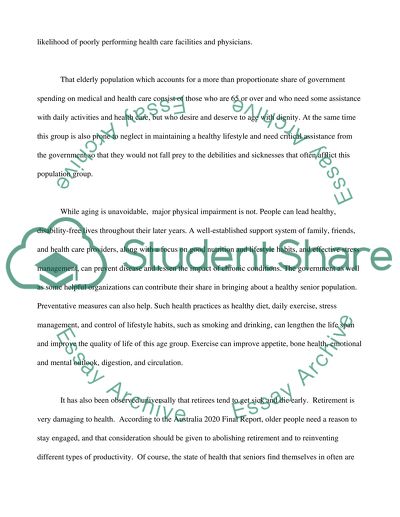Cite this document
(“Australian Public Policy Research Proposal Example | Topics and Well Written Essays - 2750 words”, n.d.)
Retrieved from https://studentshare.org/sociology/1504562-australian-public-policy
Retrieved from https://studentshare.org/sociology/1504562-australian-public-policy
(Australian Public Policy Research Proposal Example | Topics and Well Written Essays - 2750 Words)
https://studentshare.org/sociology/1504562-australian-public-policy.
https://studentshare.org/sociology/1504562-australian-public-policy.
“Australian Public Policy Research Proposal Example | Topics and Well Written Essays - 2750 Words”, n.d. https://studentshare.org/sociology/1504562-australian-public-policy.


